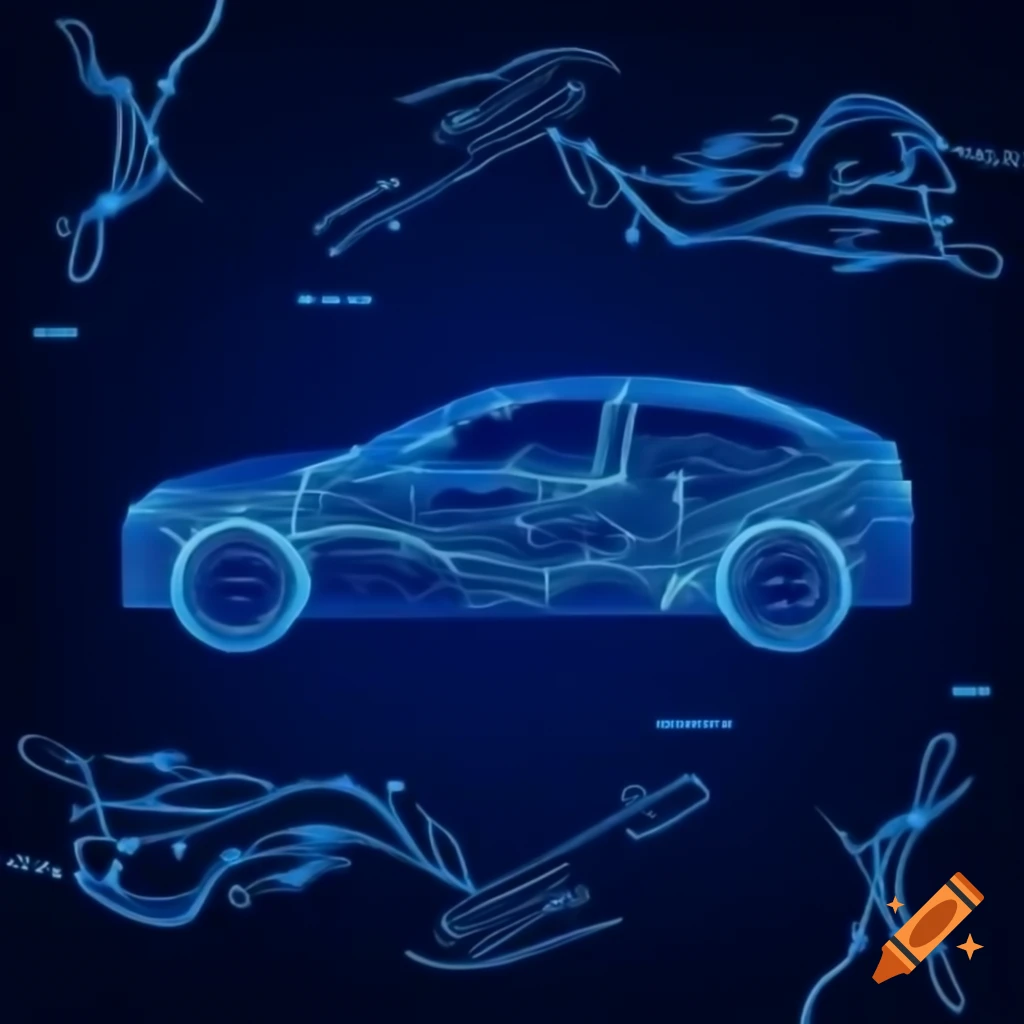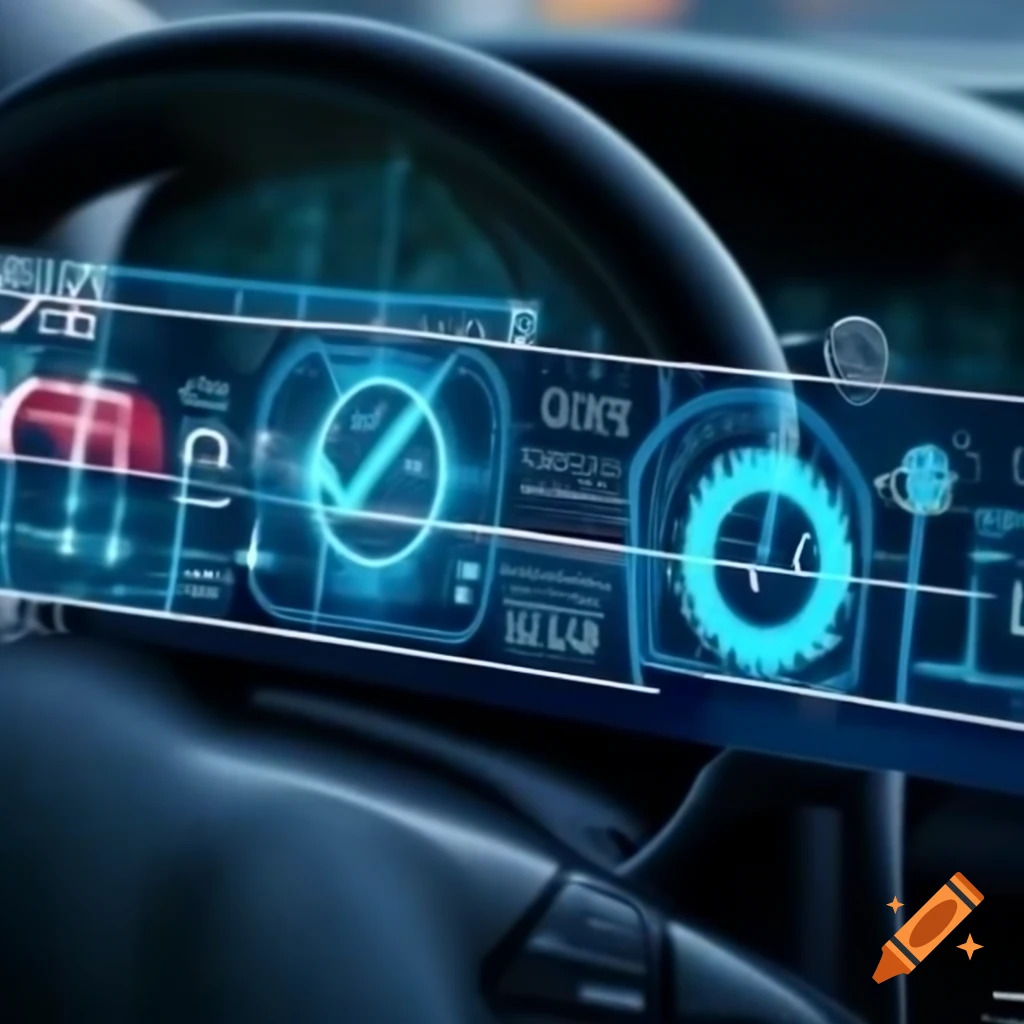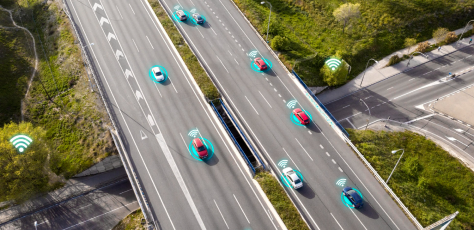Autonomous Mobility
Powering the Future of Autonomous Vehicles on Land, Air, Water, and Underwater
Overview
Autonomous vehicles are revolutionizing transportation across land, air, water, and even underwater environments. To achieve true autonomy, these vehicles need to process vast amounts of sensory data in real-time, make intelligent decisions, and adapt to dynamic and unpredictable environments—all while minimizing power consumption. Neuromorphic chips, inspired by the architecture of the human brain, offer a breakthrough solution to these challenges. By mimicking the way neurons and synapses communicate and process information, these chips bring unparalleled advantages to autonomous systems across all terrains.
Neuromorphic technology solves the hardest technological challenges:

1. Real-Time Decision Making with Low Latency
Autonomous vehicles, whether on the road, in the sky, or underwater, must make split-second decisions to ensure safe and efficient operation. Neuromorphic chips are designed to process sensory inputs in real-time with minimal latency. Unlike traditional processors, which process data sequentially, neuromorphic chips process information in parallel, allowing them to handle multiple streams of sensory data (such as visual, auditory, and environmental) simultaneously. This ensures that autonomous vehicles can react instantly to obstacles, changing environments, or potential hazards—critical for applications like self-driving cars, delivery drones, autonomous submarines, and marine vessels.
2. Energy Efficiency for Extended Autonomy
Power efficiency is a key factor in the success of autonomous vehicles, especially in environments where battery life is limited, such as drones, underwater robots, or electric cars. Neuromorphic chips are inherently energy-efficient due to their event-driven processing model. Rather than consuming constant power, these chips only activate when processing relevant data, much like the human brain. This allows autonomous vehicles to conserve energy, extending their operational range and duration. In electric vehicles, this can translate into longer driving distances on a single charge, while for aerial and underwater drones, it means extended flight or dive times.


3. Robust Processing of Noisy, Unpredictable Data
In many autonomous applications, sensors are exposed to unpredictable and noisy environments. For instance, drones flying through urban areas or mountainous regions must contend with fluctuating weather conditions, while underwater vehicles face challenges like murky water, turbulence, and acoustic noise. Neuromorphic chips are highly resilient to noisy data due to their brain-like architecture, which focuses on recognizing relevant patterns and filtering out irrelevant information. This makes neuromorphic processors ideal for autonomous systems that need to operate reliably in dynamic or challenging conditions, whether it's a self-driving car in heavy rain, an aerial drone navigating through fog, or an underwater robot exploring deep-sea environments.
4. Advanced Perception and Sensory Integration
For autonomous vehicles to navigate effectively, they must integrate multiple types of sensory data—such as vision, sonar, lidar, and radar—into a cohesive understanding of their environment. Neuromorphic chips excel at processing spatiotemporal data, meaning they can efficiently handle information that changes over time and space. This is especially valuable for vehicles that rely on advanced perception systems to detect obstacles, track movement, or understand their surroundings. Whether it's a self-driving car interpreting traffic signals and pedestrian movements, a drone detecting obstacles mid-flight, or an autonomous boat navigating around underwater debris, neuromorphic chips enable highly accurate, real-time perception.


5. Onboard Learning and Adaptation
Autonomous vehicles must be able to learn from their environment and adapt to new situations without relying on constant connectivity to cloud-based servers. Neuromorphic chips support on-device learning through a mechanism known as synaptic plasticity, which allows connections between "neurons" to strengthen or weaken based on new inputs. This enables autonomous vehicles to improve their performance over time by learning from their experiences—whether it's adjusting driving patterns based on road conditions, improving navigation paths in uncharted waters, or fine-tuning flight maneuvers during turbulent weather. This ability to learn and adapt on the fly enhances the autonomy and intelligence of vehicles in dynamic and uncertain environments.
6. Compact and Scalable Design for Diverse Platforms
From large cargo ships and trucks to small drones and underwater robots, autonomous vehicles come in all shapes and sizes. Neuromorphic chips are highly scalable and can be integrated into a wide range of vehicle platforms. Their compact design makes them ideal for use in space-constrained environments, such as small aerial drones or micro-submarines. At the same time, their processing power scales up for larger, more complex autonomous systems like self-driving trucks or autonomous ships that require robust computational capabilities. This flexibility allows neuromorphic chips to be deployed across a broad spectrum of autonomous vehicle platforms, making them a versatile choice for land, air, water, and underwater applications.


7. Enhanced Safety and Reliability
Safety is paramount for autonomous vehicles, particularly when operating in public spaces or hazardous environments. Neuromorphic chips, with their ability to process vast amounts of sensory data in real-time, contribute to more accurate decision-making, which enhances safety. In self-driving cars, for example, neuromorphic processors can detect and react to pedestrians, other vehicles, and road obstacles more effectively than traditional processors. In aviation, drones can better navigate through complex airspaces, avoiding collisions with birds or other drones. Underwater, autonomous submarines can safely explore unknown terrains while avoiding underwater hazards. This increased reliability is critical for gaining public trust and regulatory approval for autonomous systems across industries.
8. Multi-Modal Sensing for Complex Environments
In land, air, and water-based environments, autonomous vehicles often need to integrate multiple sensor inputs to make informed decisions. Neuromorphic chips are designed to excel in multi-modal processing, handling data from a variety of sources simultaneously, such as camera feeds, radar signals, sonar waves, and GPS data. This is particularly useful in environments like autonomous ships navigating through congested waterways, aerial drones managing complex air traffic, or underwater drones mapping seabeds. The ability to synthesize and interpret multi-modal sensory inputs allows vehicles to achieve a deeper understanding of their surroundings and act with greater autonomy.

